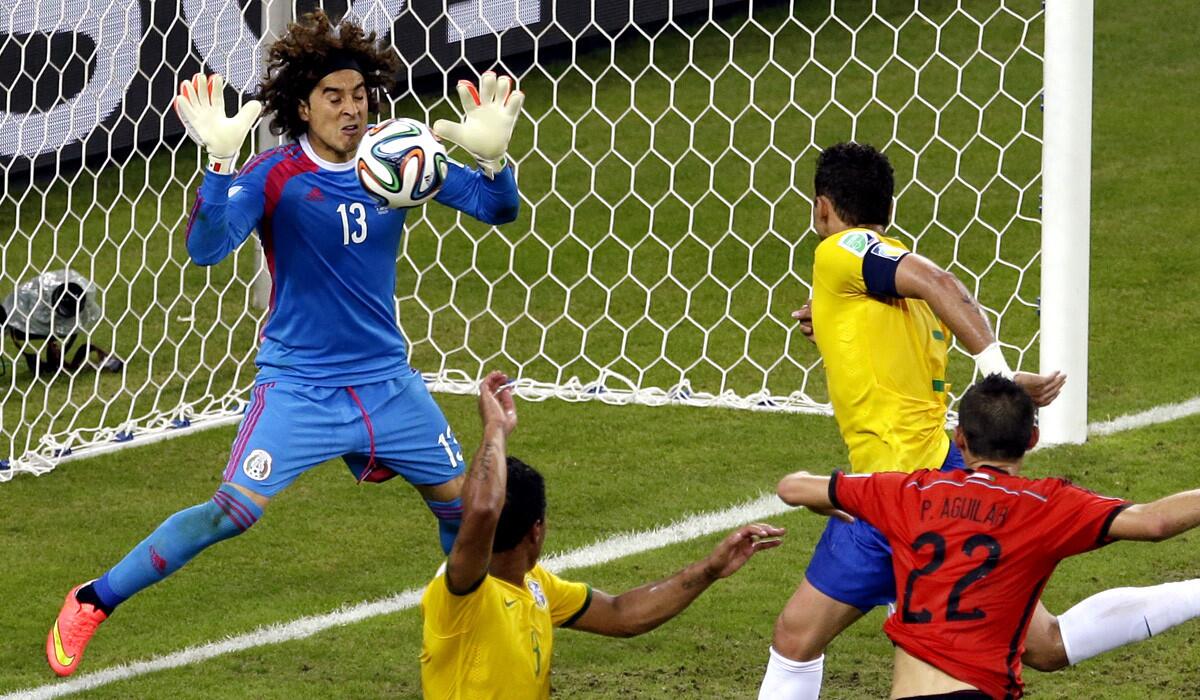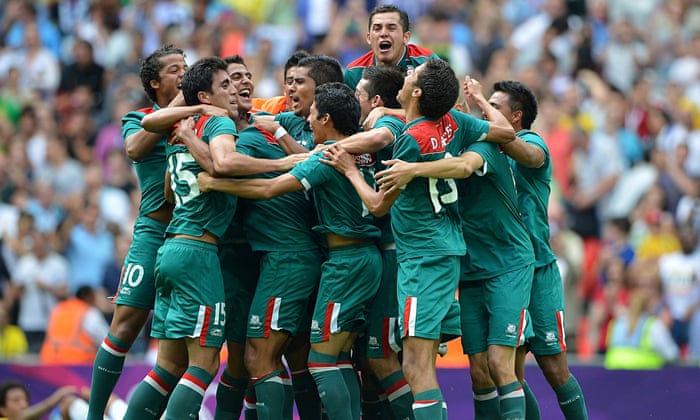Man, I remember watching that 2014 World Cup match. Brazil versus Mexico. Everyone, and I mean everyone, figured Brazil was going to walk away with three points easy. They were home, they had Neymar, they were stacked. But Mexico held them to a 0-0 draw. I watched it live and thought, “That’s luck, or Ochoa is just inhuman.” But that thought bugged me for years. It felt like I was missing the actual tactical trick. So, about a month ago, I decided to stop guessing and actually break down the match tape, frame by frame, to figure out how Mexico pulled off that tactical heist.

The Preparation: Digging Up the Raw Footage and Setting Rules
First thing I did was hunt down the original broadcast. You can’t analyze tactics from a two-minute highlight reel. That’s garbage analysis. I managed to find a clean 1080p stream of the entire 90 minutes, plus stoppage time. My goal wasn’t just enjoyment; my goal was deconstruction. So I established a methodology for watching.
I didn’t just watch it once. That’s for casuals. I set up three distinct watches, each with a specific focus, to truly isolate the moving parts.
- Watch 1: The Baseline. Just watch the flow. Get a feel for the pace, the main players, and identify the moments Brazil looked most dangerous. This confirmed that Brazil’s initial strategy was to use the flanks and feed Neymar quickly.
- Watch 2: The Defensive Structure. This was the critical step. I ignored the ball completely and only tracked the positioning of the Mexican back line and midfield when Brazil was in possession in the attacking third. I needed to see their shape, the distances between players, and how fast they recovered.
- Watch 3: The Counter-Tactics and Transitions. I focused entirely on what Mexico did when they won the ball back. Were they launching long balls? Were they slowing the game down? How did they manage the transition from defense to offense, even if they only held possession for three seconds?
The first pass through confirmed the obvious: Ochoa was insane. But you can’t build a game plan around your keeper having the game of his life. I needed to see the structure before the shots happened. Piojo Herrera, the Mexico coach, he had a reputation for fire and passion, but I wanted to see the cold, hard logic he implemented.
Unpacking the 5-3-2: The Defensive Wall Revelation
When I started Watch 2, the one where I ignored the ball and just looked at the defenders, it all clicked. Mexico wasn’t playing a loose four-man backline that everyone expected. They were running this super tight, disciplined 5-3-2 formation when Brazil was building up their attack. This wasn’t a passive parking-the-bus situation either; it was highly organized and designed to constantly suffocate the flanks and central channel.
I spent an hour just tracking the movement of the wing-backs, Aguilar and Layún. They weren’t acting like typical wing-backs, flying forward. They were dropping back almost instantly when the ball crossed the halfway line, turning the four-man defense into a five-man barrier. This immediate numerical superiority was key. Brazil kept trying to stretch the play wide, but Mexico always had an extra man there. It was tactical overkill, and it worked.

Shutting Down the Brazilian Threats
The system was designed specifically to render Brazil’s key attackers useless. I spent a good twenty minutes of the tape just on these two points:
- The Fred Problem: With Márquez, Maza, and Moreno glued together, they created a literal wall that Fred could not penetrate. Brazil kept trying to use Fred as the target man, but he was always triple-teamed and starved of service. I saw Fred isolated multiple times, having to come deep just to touch the ball, which is exactly what Mexico wanted. They removed his ability to threaten the goal.
- Neymar Nullification: This was the genius part that blew my mind. Mexico didn’t try to chase Neymar all over the pitch. When he received the ball on the left, the nearest wing-back (usually Layún) would press hard to force him wide or backwards, while a central defender (Márquez, being the veteran leader) would step up just enough to cut off the pass into the box. It was a perfect double coverage system that prevented Neymar from cutting inside or linking up with Oscar. They forced him to play hero ball from 30 yards out.
The Midfield Engine and the Third Watch
Watch 3 was all about the work rate of the midfield—Herrera and Vázquez. Those two guys were absolute machines. They covered the space between the back five and the two strikers (Peralta and Dos Santos). They were acting as the shield, denying Oscar and Paulinho any time or space to turn and look forward. Brazil couldn’t play their quick, sharp passing game in the center of the park because those two Mexican midfielders were constantly clogging the lanes and putting immediate pressure on the ball carrier. Brazil was forced to circulate the ball slowly or attempt dangerous long balls, which Mexico’s robust central defense devoured.
The resulting effect of this suffocating pressure was visible in the tape: Brazil was forced to shoot from distance, which is exactly what Mexico’s system was designed to invite. When Mexico won the ball, they didn’t sit back and wait. They launched quick, direct counter-attacks. They might not have scored, but those bursts of pace, usually through Dos Santos, forced Brazil to keep players back and respect the possibility of a break. This prevented Brazil from just throwing ten men forward in desperation during the final twenty minutes.
So, here’s the wrap up on this deep dive practice. It wasn’t luck, man. It wasn’t just Ochoa, though he deserves all the praise. Mexico executed a textbook high-stakes defensive plan under intense pressure. They sacrificed possession, accepted that Brazil would dominate the ball, and focused entirely on eliminating space in Zone 14 (that dangerous area just outside the box). They turned the game into a physical, congested mess, and Brazil simply didn’t have a Plan B to deal with a team that committed so ruthlessly to defense. I finally scratched that itch. Took me years, but I nailed the process of breaking down that famous draw. It felt good to stop wondering and start knowing.
